Nuclear Lifetime Management
EDF's lifetime strategy is to seek life extensions for all its nuclear stations, where it is safe and commercially viable. When nuclear stations reach the end of their generating capability, they move into the next phase of their lives which is to remove the fuel and to prepare for decommissioning.
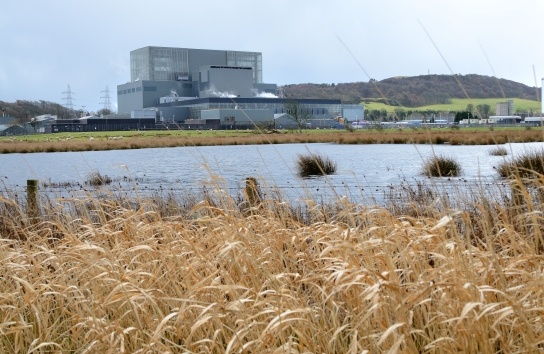
Extending the operating lives of Advanced Gas-cooled Reactors
We have extended the operating lives of all of our Advanced Gas-cooled Reactors (AGRs) over recent years, confident that our continued investment keeps nuclear safety as our overriding priority. Without these extensions, four stations (eight reactors) would have closed by now.
As the older stations reach the point where further extensions are not viable, we operate with decommissioning in mind, preparing for the next phase when we remove the fuel and prepare for decommissioning. What determines when defuelling should begin? Our decision is centred on the condition of irreplaceable components such as the graphite core and boilers.
Our extensive research and development programme gives us confidence to justify safe and reliable operations over extended life.
Maintaining boilers on AGRs
On an AGR nuclear power station boilers sit within the concrete outer layer of the reactor. This means that they cannot be replaced, so a lot of effort goes into maintaining them and ensuring they continue to do their jobs throughout the life of the power station.
At the bottom of each boiler, large gas circulators pump high-pressure carbon dioxide gas through the graphite core and up through the fuel channels, where the gas picks up the heat generated by the nuclear reaction. As it passes through the boiler, the gas gives up its heat to the water in the boiler tubes. This forms superheated high-pressure steam which is piped away to drive the turbines.
The boilers operate at very high temperatures and require an extensive and careful monitoring and maintenance regime to ensure that they are operating efficiently. Each site has teams of highly trained engineers who are responsible for their maintenance and operations.
Alongside normal maintenance work, a pro-active programme of detailed technical assessments, modelling and inspection is carried out, backed up by significant investment. The programme will continue through the lifetime of the stations to ensure the boilers operate reliably.
Our Sizewell B station, a Pressurised Water Reactor, has a different arrangement using steam generators. This heats water in thousands of tubes, creating very hot steam which then turns the turbines.
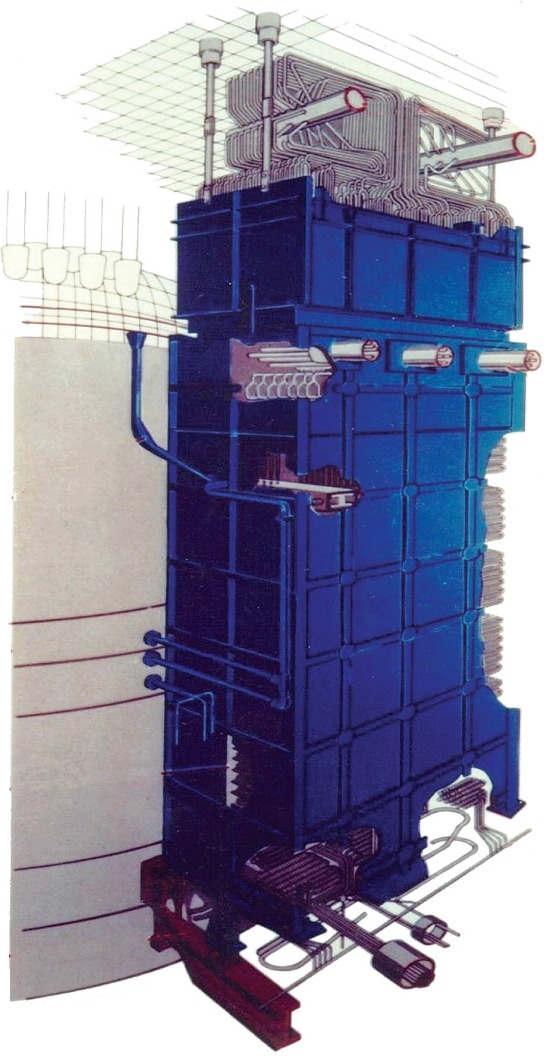
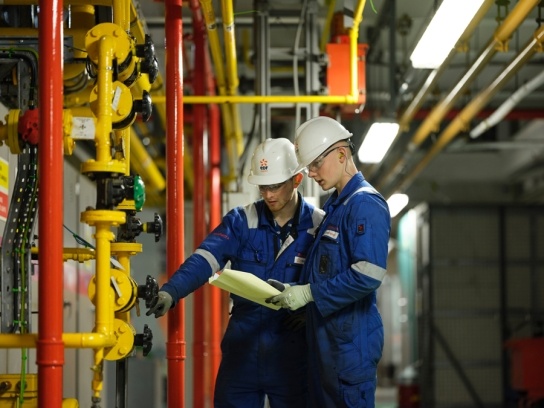
How do you decommission a nuclear power station?
By 2030 all seven of EDF’s AGR nuclear power stations are expected to have ended power generation and be at various stages of decommissioning.
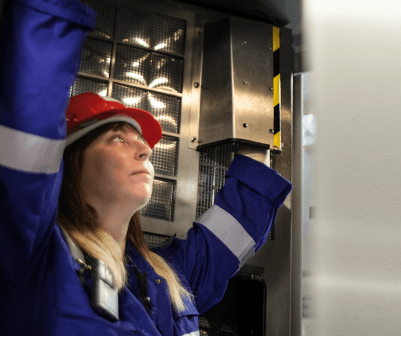
Generating safe nuclear energy
Safety is our number one priority. Find out how we keep you, our employees and the environment safe from harm.

What is nuclear energy?
Find out what nuclear energy is and how nuclear power is produced.
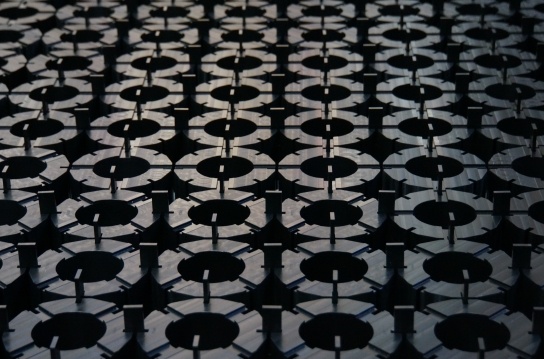
What does graphite do in a nuclear power station?
Graphite bricks play an important role in Advanced Gas-cooled Reactors.